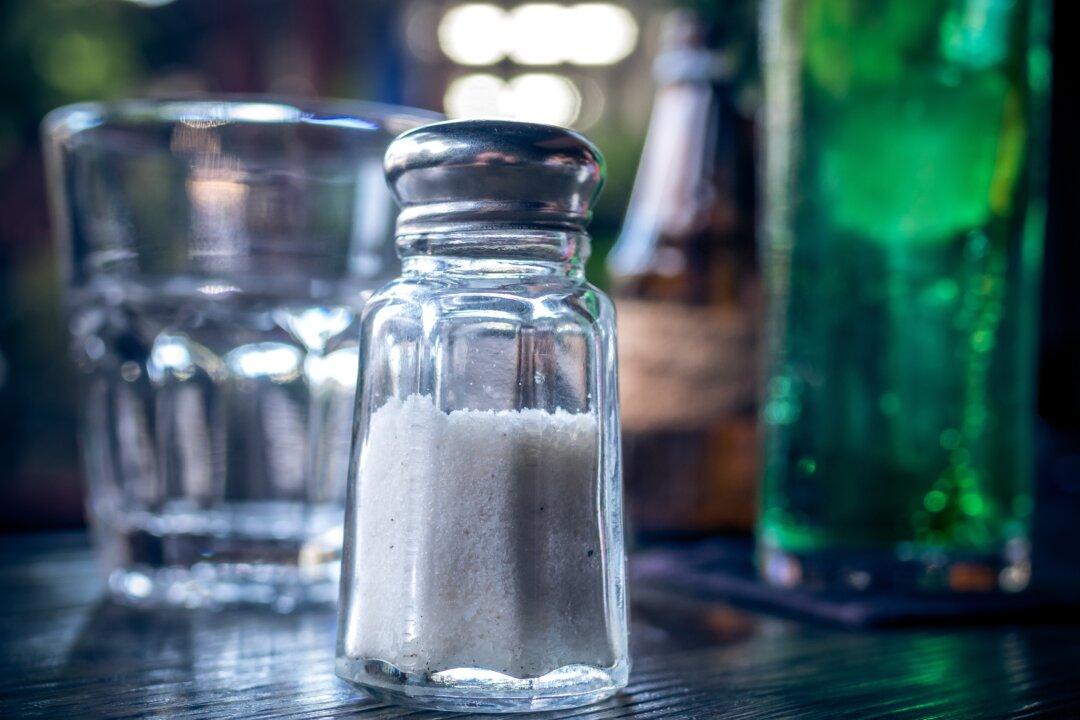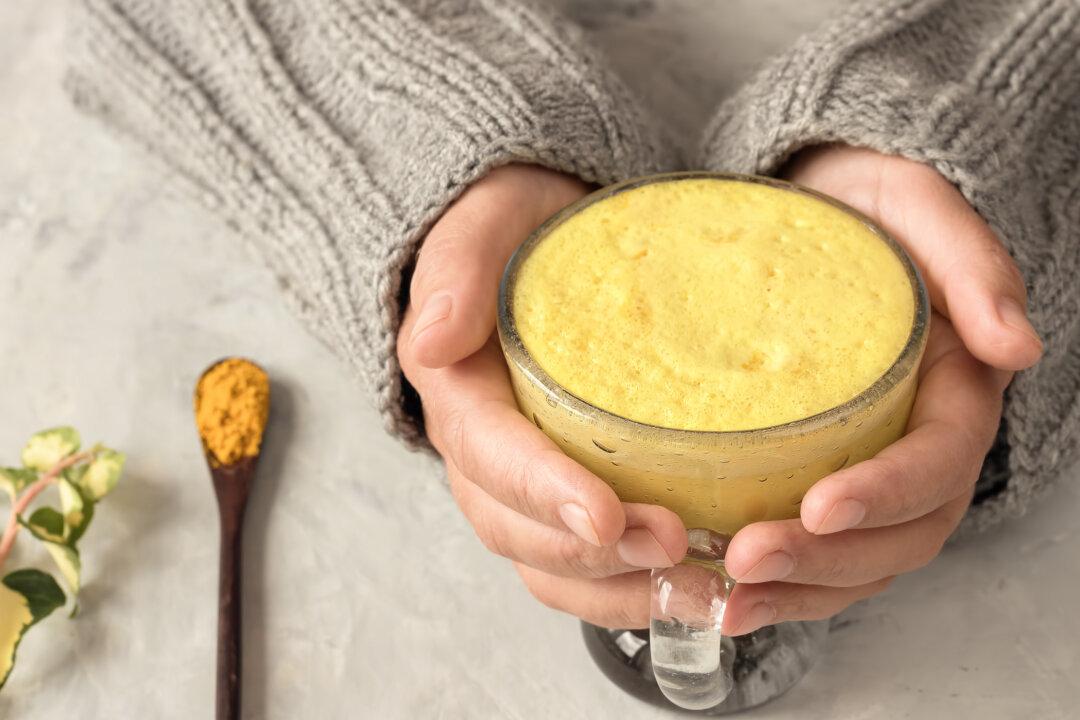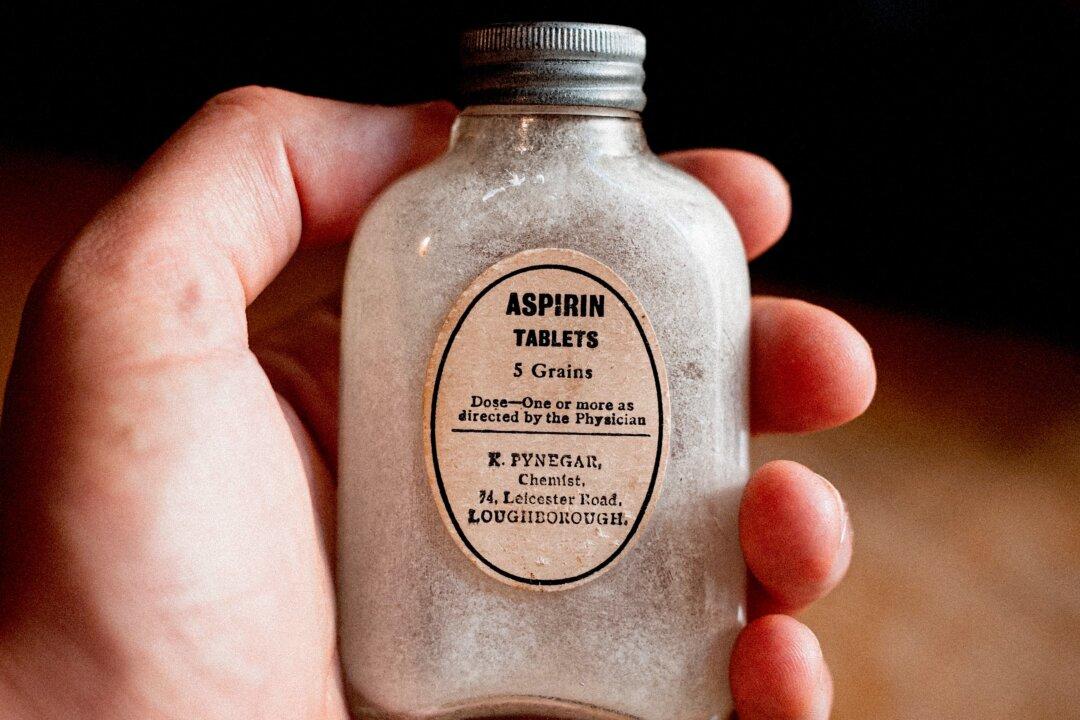Iodine, an often ignored and tragically unappreciated micronutrient, is more important to your health than you might realize. In fact, it may be the key to improving your overall immunity and combatting the astonishing increase in autoimmune disorders, many of which set the stage for thyroid disorders and cancer to develop.
We’ve known for decades that our bodies require iodine for a host of bodily functions. In 1924, the first report of high rates of goiters (90 percent of which result from iodine deficiency) in certain geographical regions coincided with higher rates of cancer mortality. The connection between iodine deficiency and breast, stomach, thyroid, prostate, endometrial, ovarian, and colorectal cancers has been shown to be a “modifiable risk,” meaning that we have the power to lower our risks of these and possibly other forms of cancer.






